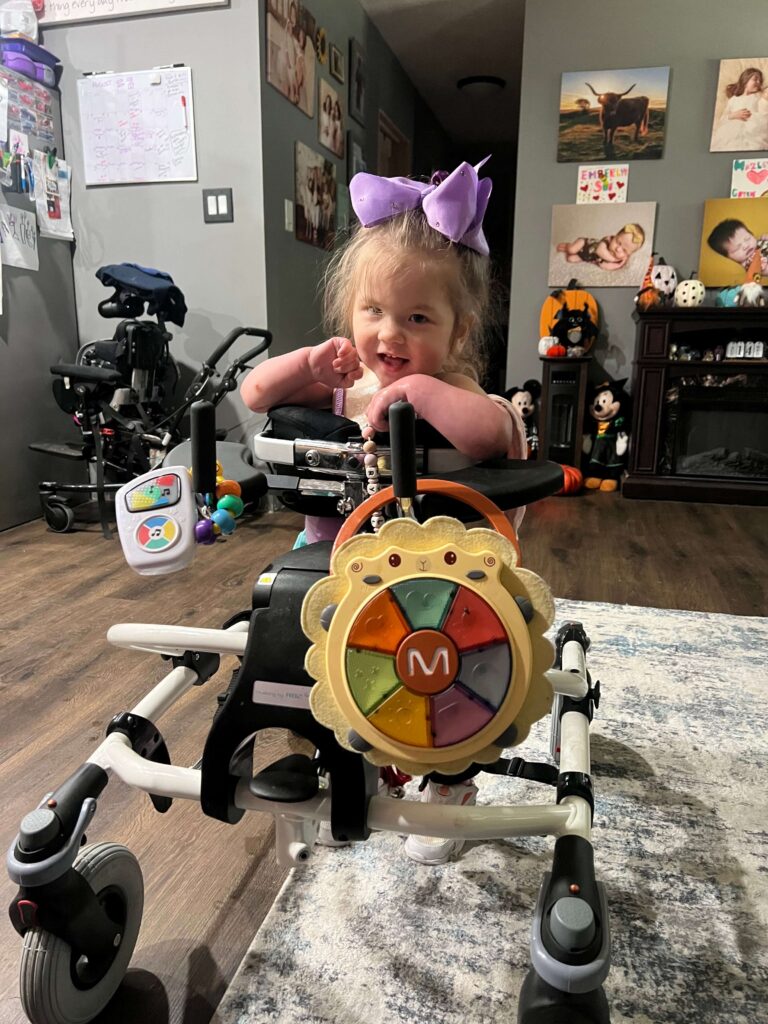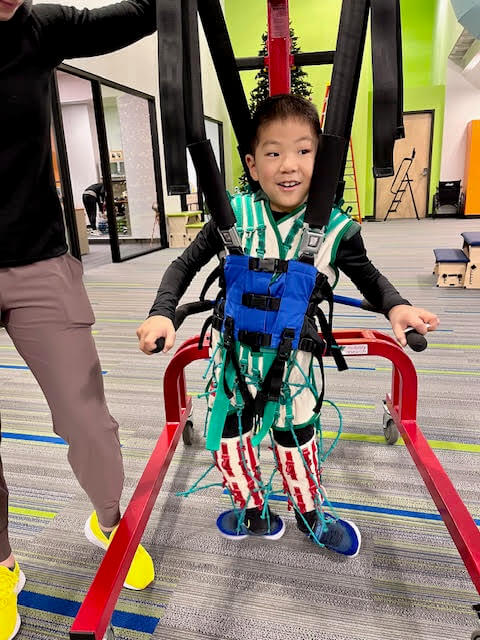MPFIC was founded on the idea that when insurance companies fall short and fail, we step in. The majority of parents of children with disabilities who apply for our services have already exhausted every option trying to get their health insurance to pay for the service. Whether you have Medi-Cal, the Medicaid program for the state of California, or a PPO Plan with Blue Cross Blue Shield through your employer, your health insurance does not provide you with enough resources to help your child achieve their full potential. Health Insurance Companies Fall Short
Families that come to MPFIC for assistance always tell us their child receives some therapy through their health insurance, but typically only 1 session per week is covered with their plan. Therapy treatment plans usually require 2-3 sessions per week for a child to receive the maximum benefits. As a result, parents who want to get their child additional help need to pay out of pocket for these services. Although there are amazing therapy centers our children attend such as NAPA Center, Shea Center, REINS that provide these services, oftentimes parents cannot afford to pay out of pocket for the help their children desperately need. Many of these children are in their developmental phases between the ages of 1 and 4, when it is most crucial to receive therapy.
Health Insurance Definition of “Medically Necessary”
Health insurance companies in America deny any service they deem as not “medically necessary”. Many options for intensive therapy, excess therapy, and hippotherapy fall under this category for the vast majority of health insurance plans.
“Medically Necessary” or “Medical Necessity” are terms applied to health care services that a physician, exercising prudent clinical judgment, would provide to a patient for the purpose of preventing, evaluating, diagnosing or treating an illness, injury, disease or its symptoms, and that are:
- a) in accordance with generally accepted standards of medical practice;
- b) clinically appropriate, in terms of type, frequency, extent, site and duration, and considered effective for the patient’s illness, injury or disease; and
- c) not primarily for the convenience of the patient, physician, or other health care provider, and
- d) not more costly than an alternative service or sequence of services at least as likely to produce equivalent therapeutic or diagnostic results as to the diagnosis or treatment of that patient’s illness, injury or disease.
For these purposes, “generally accepted standards of medical practice” means standards that are based on credible scientific evidence published in peer-reviewed medical literature generally recognized by the relevant medical community.
Blue Shield of CA Medical Policy
Every parent who seeks the help of MPFIC knows the therapy they seek for their child is a necessity. These parents will do anything in their power to get their child walking, talking, or eating on their own by the time they start school.
Health Insurance is Costly and Exclusionary
For handicap accessibilities like wheelchair ramps, wheelchair vans, and home modifications, health insurance is not an option. A child and their parents need these accommodations to make their lives easier, but it is very costly. Many families go without proper medical equipment and necessities because they simply cannot afford it on their own.
In the United States, where health insurance has the highest cost per capita in the world, more should be covered by these plans. In numerous countries in Europe, health insurance plans cover intensive therapy, hippotherapy, give aid for home modifications, and more. Here, we must rely on nonprofits and other organizations to help these children, like the Maryam Parman Foundation for Injured Children. We strive to continue to bridge the gap between what health insurance offers and what injured children need.











